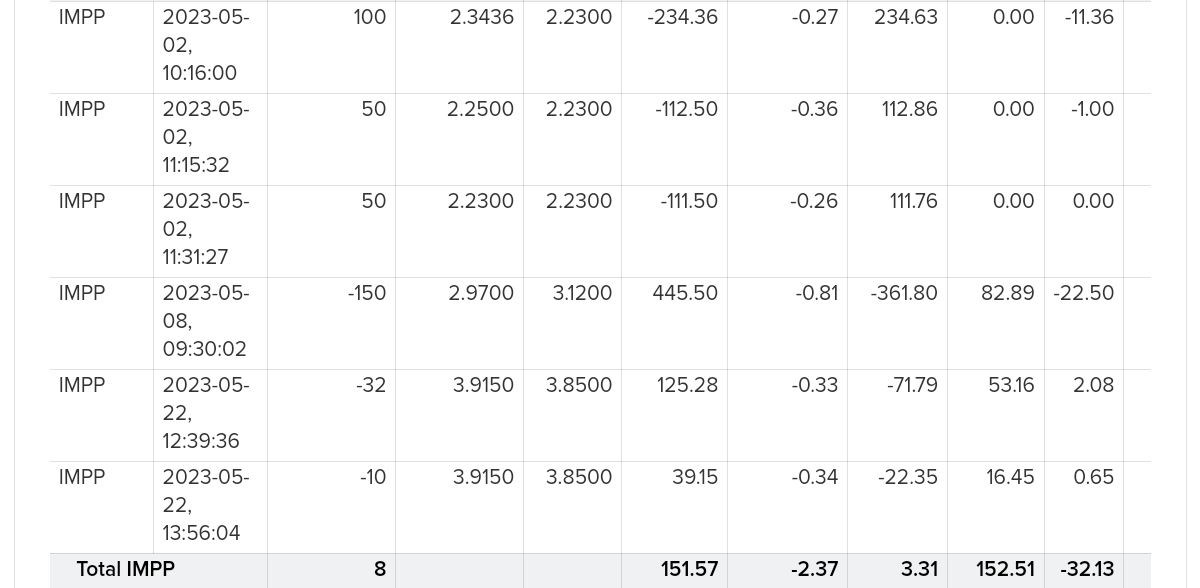The below abstract belongs to “Behavioral Finance, a quantitative approach to the secondary market” thesis.
Abstract
The influence of investor sentiment on asset prices is known to deviate them from their equilibrium level determined by underlying fundamentals. Understanding and analyzing sentiment, even though it cannot be directly measured or observed, holds significant importance as it enables the identification of appropriate substitutes or proxies that can effectively represent and gauge sentiment's influence on asset prices. By finding reliable indicators or measures that are indicative of prevailing sentiment, analysts and investors can gain valuable insights into market dynamics and make informed decisions. When asset prices fail to accurately reflect their fundamental values, it can lead to an inefficient allocation of capital, affecting portfolio allocation decisions and the cost of capital.
In the current study, we adopt a quantitative behavioral approach to model the impact of investor behavior in the stock market. We test two hypotheses based on different time periods: one using actual values and the other based on the difference between the current period (t) and the previous period (t-1). By employing various sentiment proxies and examining data from 2000 to 2022, we establish a weak relationship between investor sentiment and stock returns, which aligns with theoretical explanations of sentiment.
The methodology focuses on the behavior of the retail stock market participants, considering both the current return and the change of the S&P 500. To validate our findings, we compare our model with other well-known indexes such as VIX, UMICH, and AAII. This comparison aims to ascertain the effectiveness of the model proposed in this paper in accurately reflecting investor sentiment in market returns, closely mirroring real-world conditions.
Keywords: Behavioral Economics, Investor sentiment, Financial markets, Stock markets





